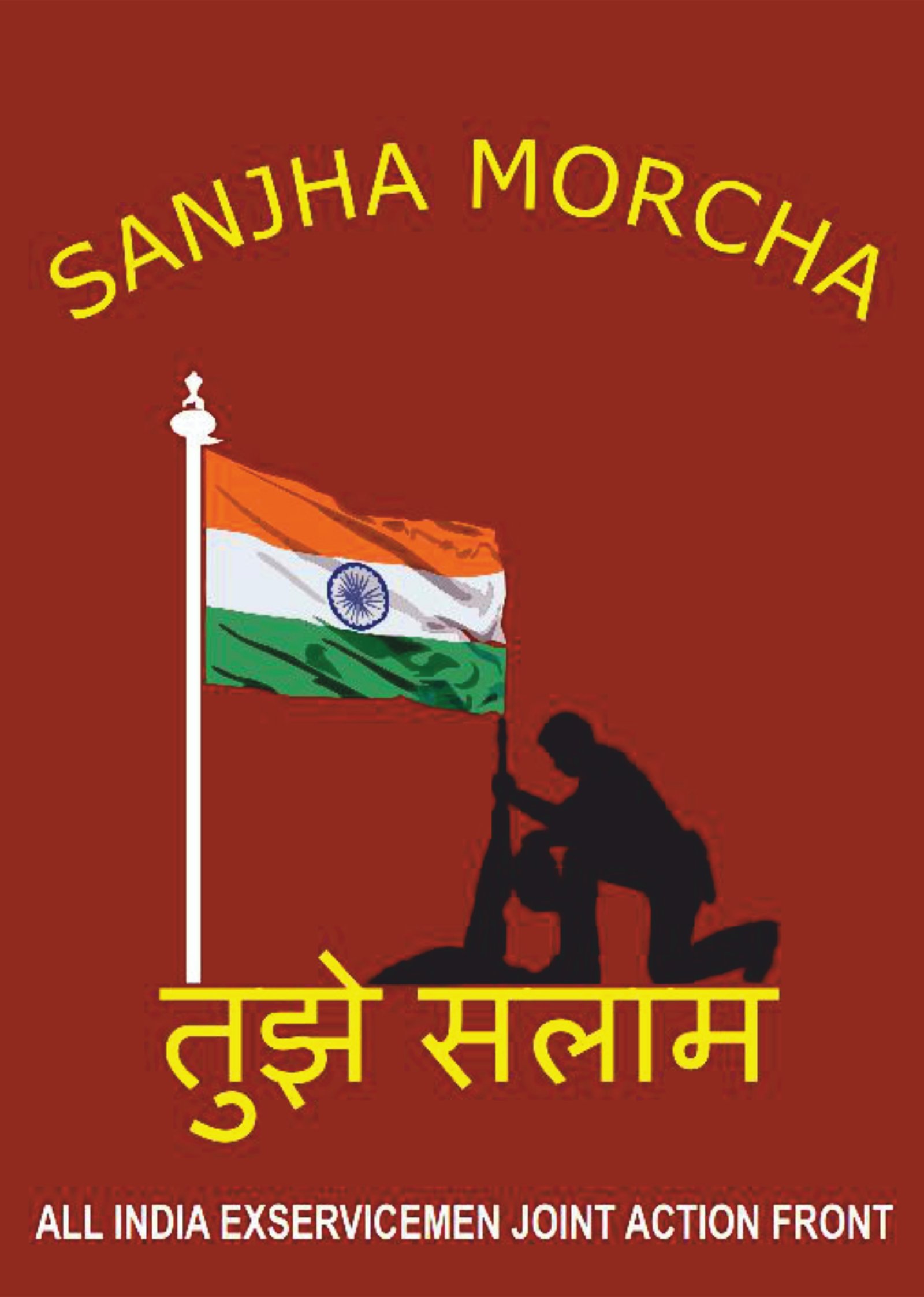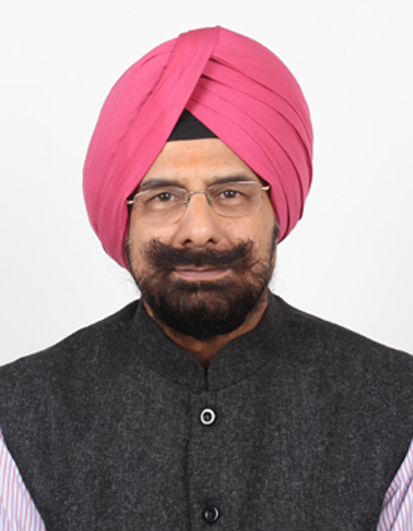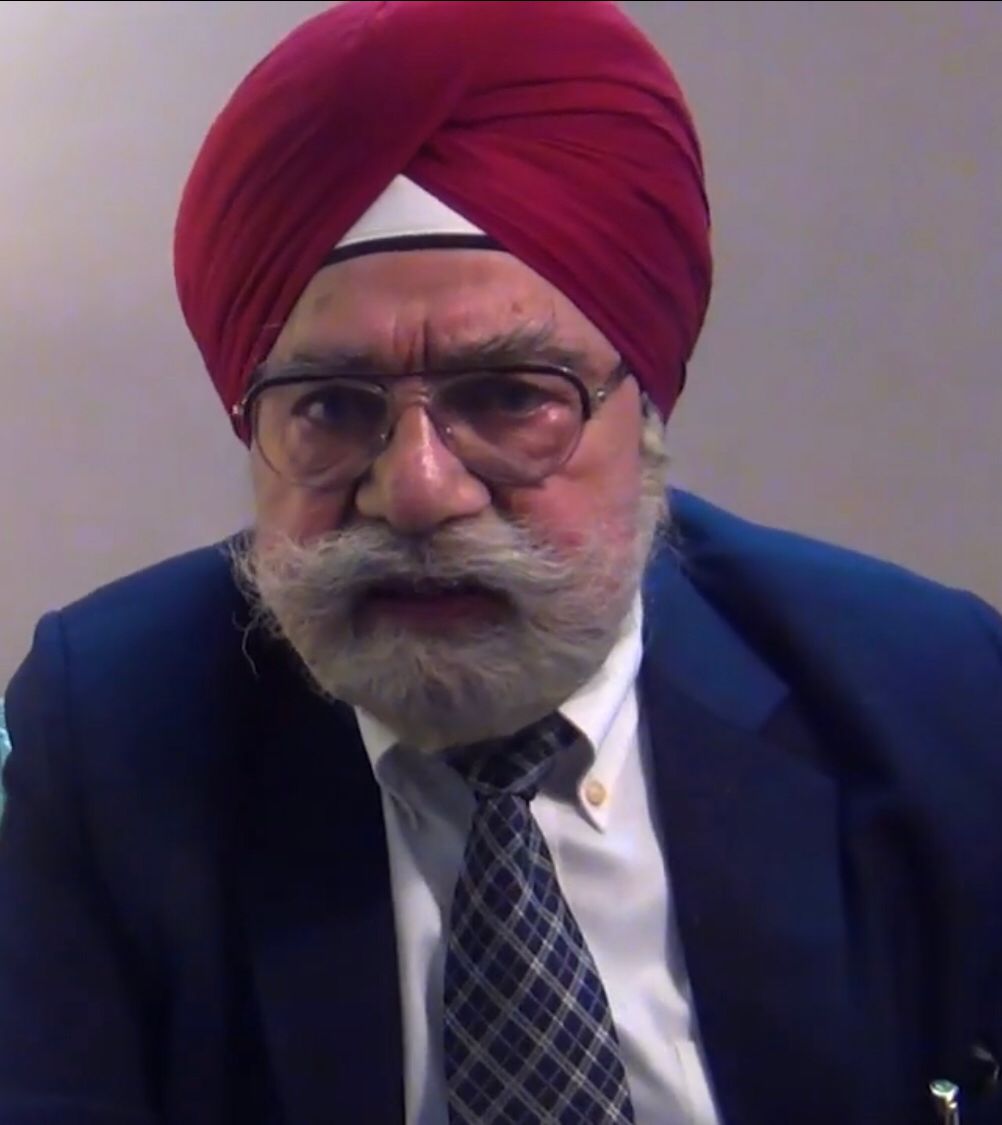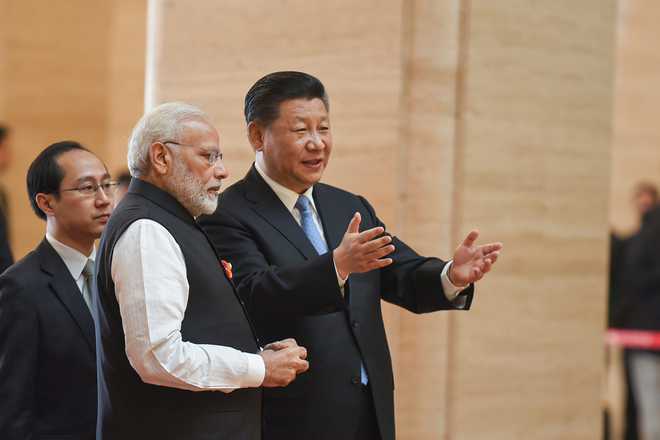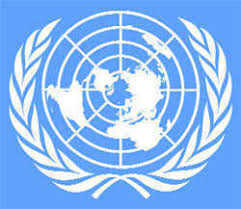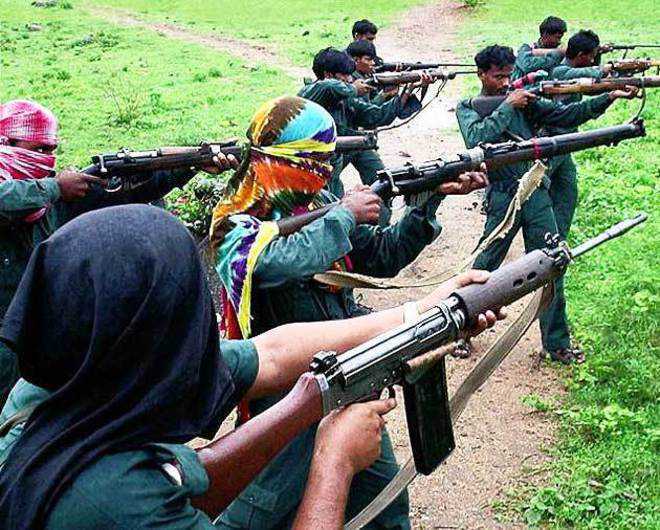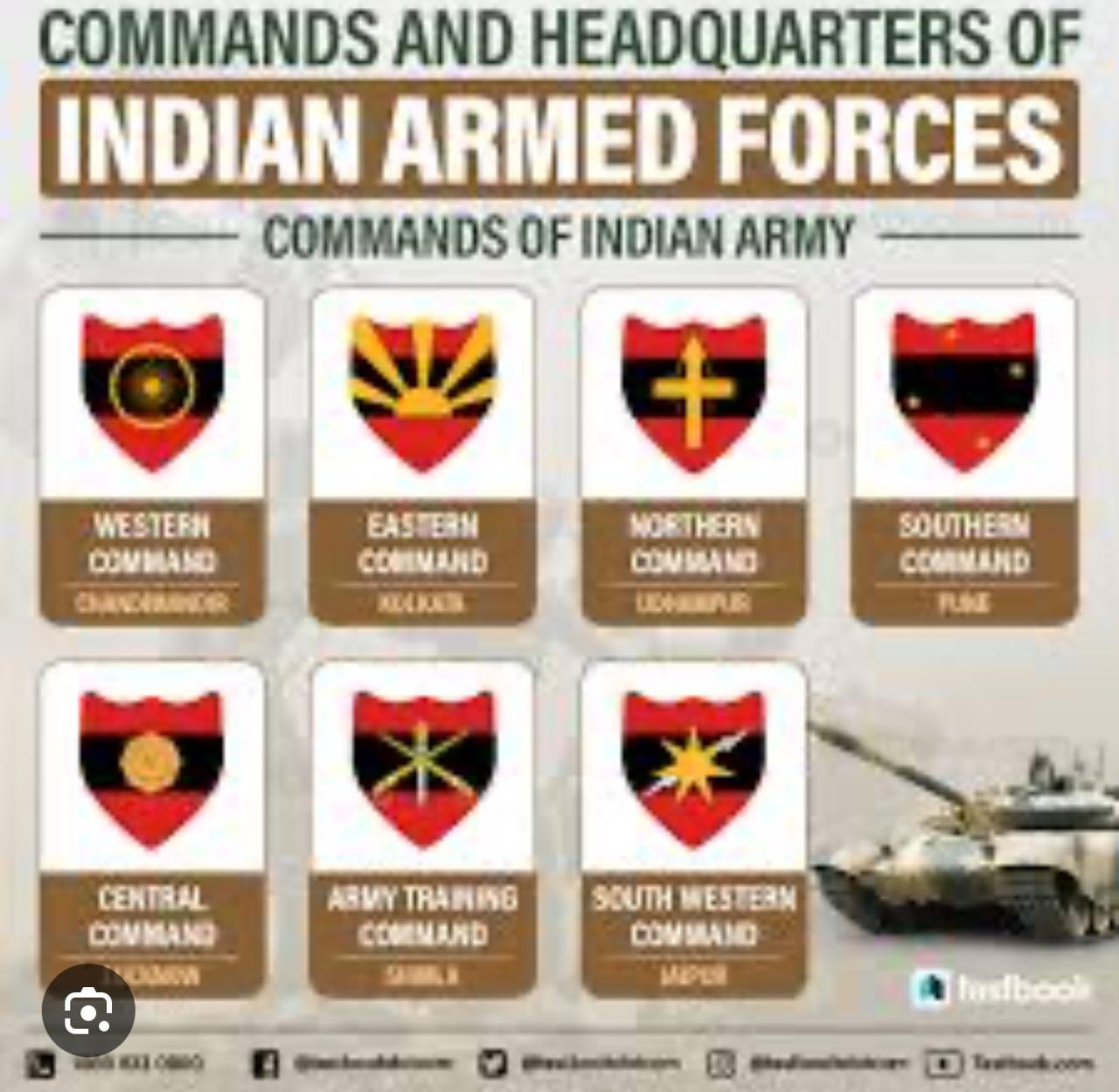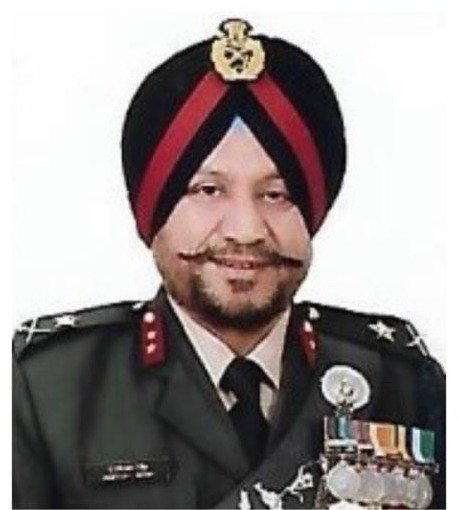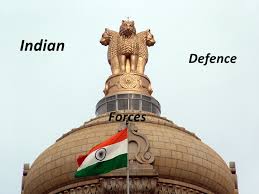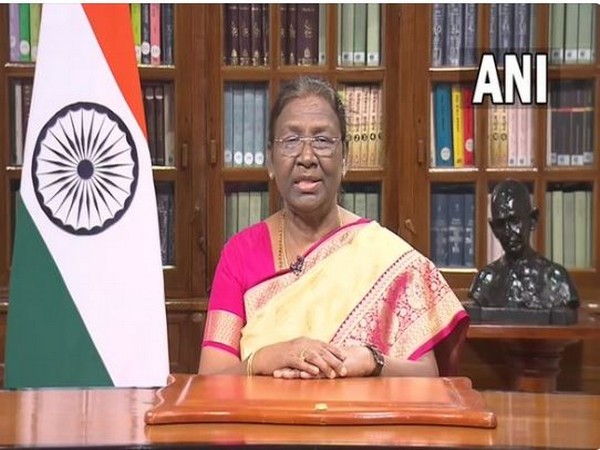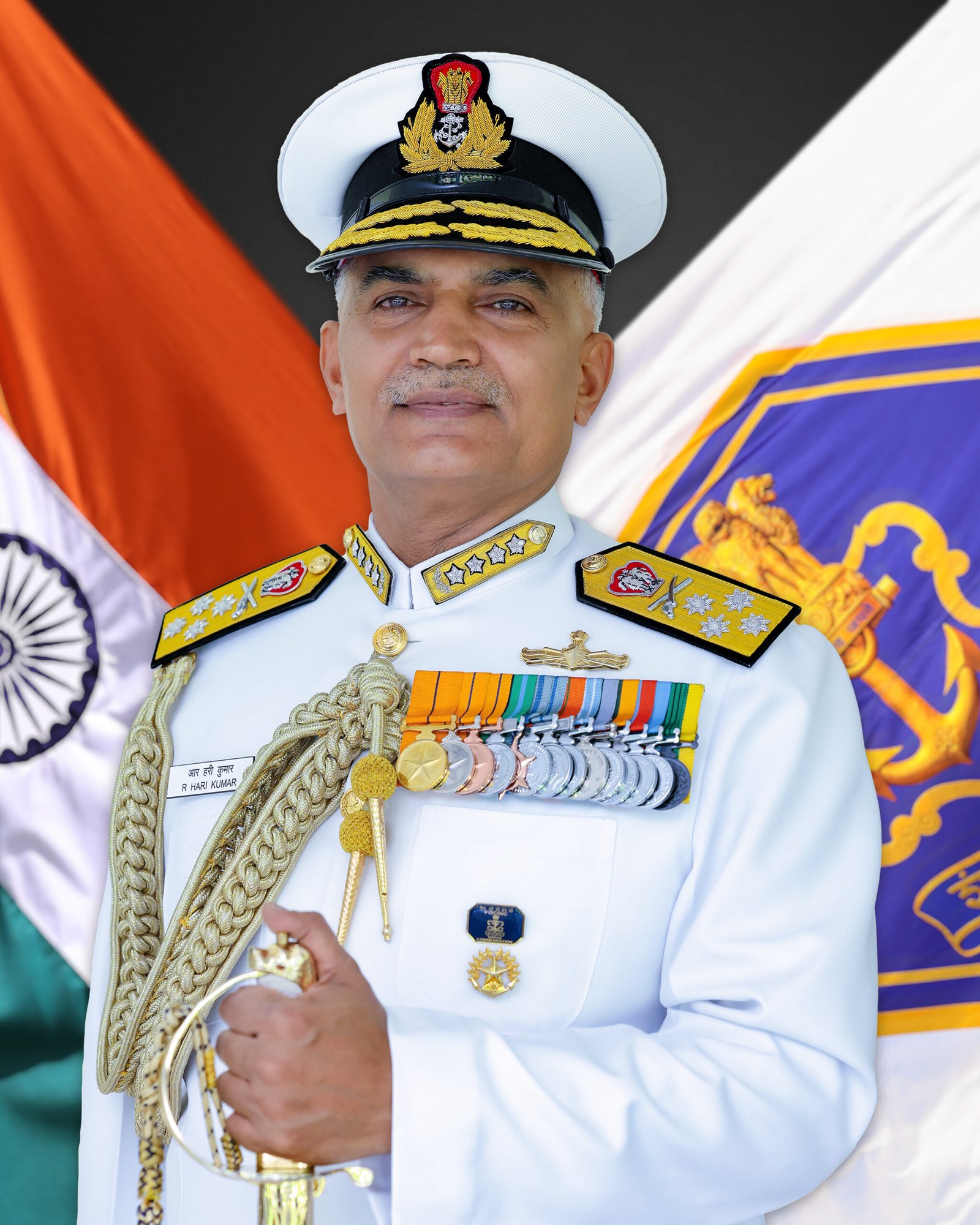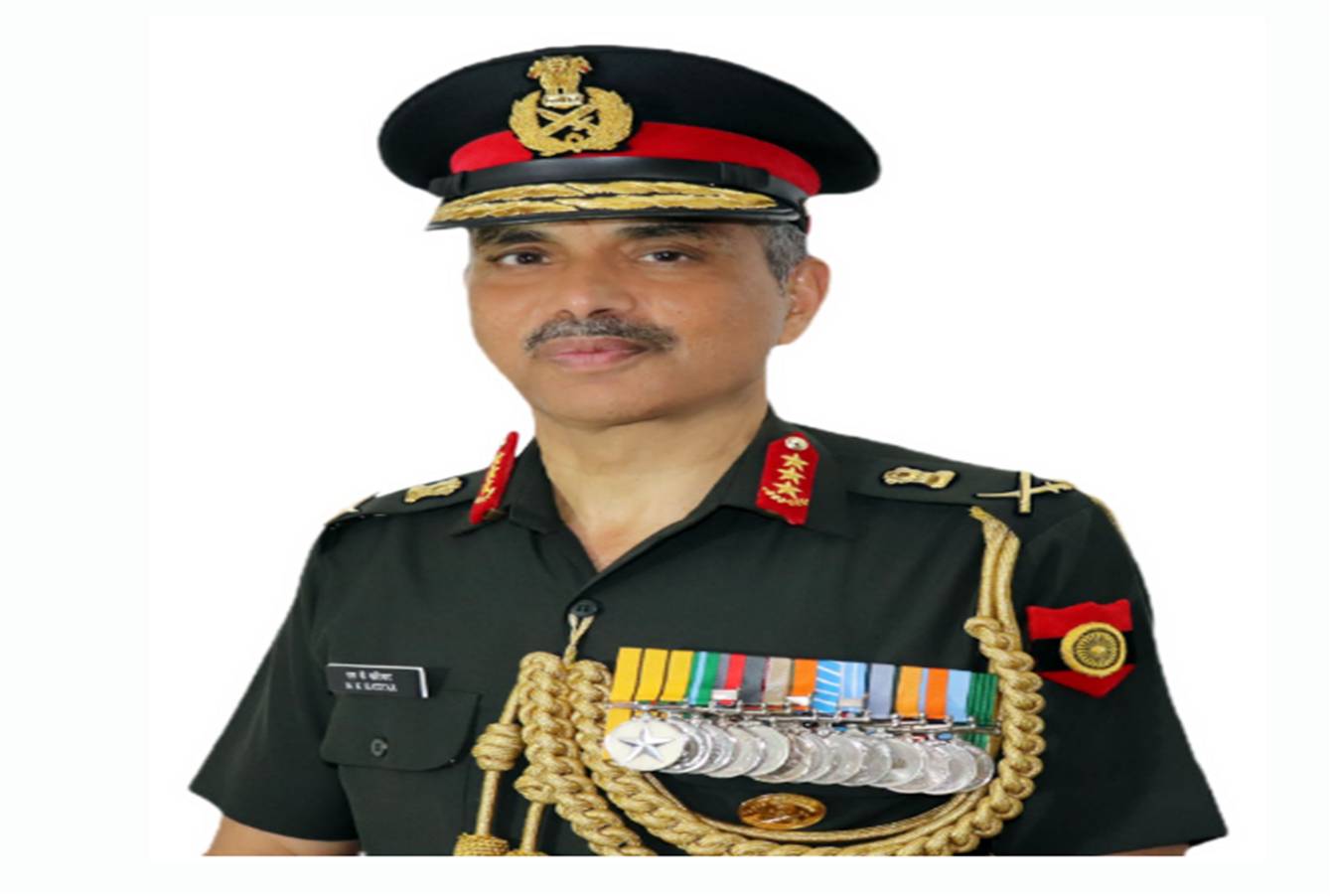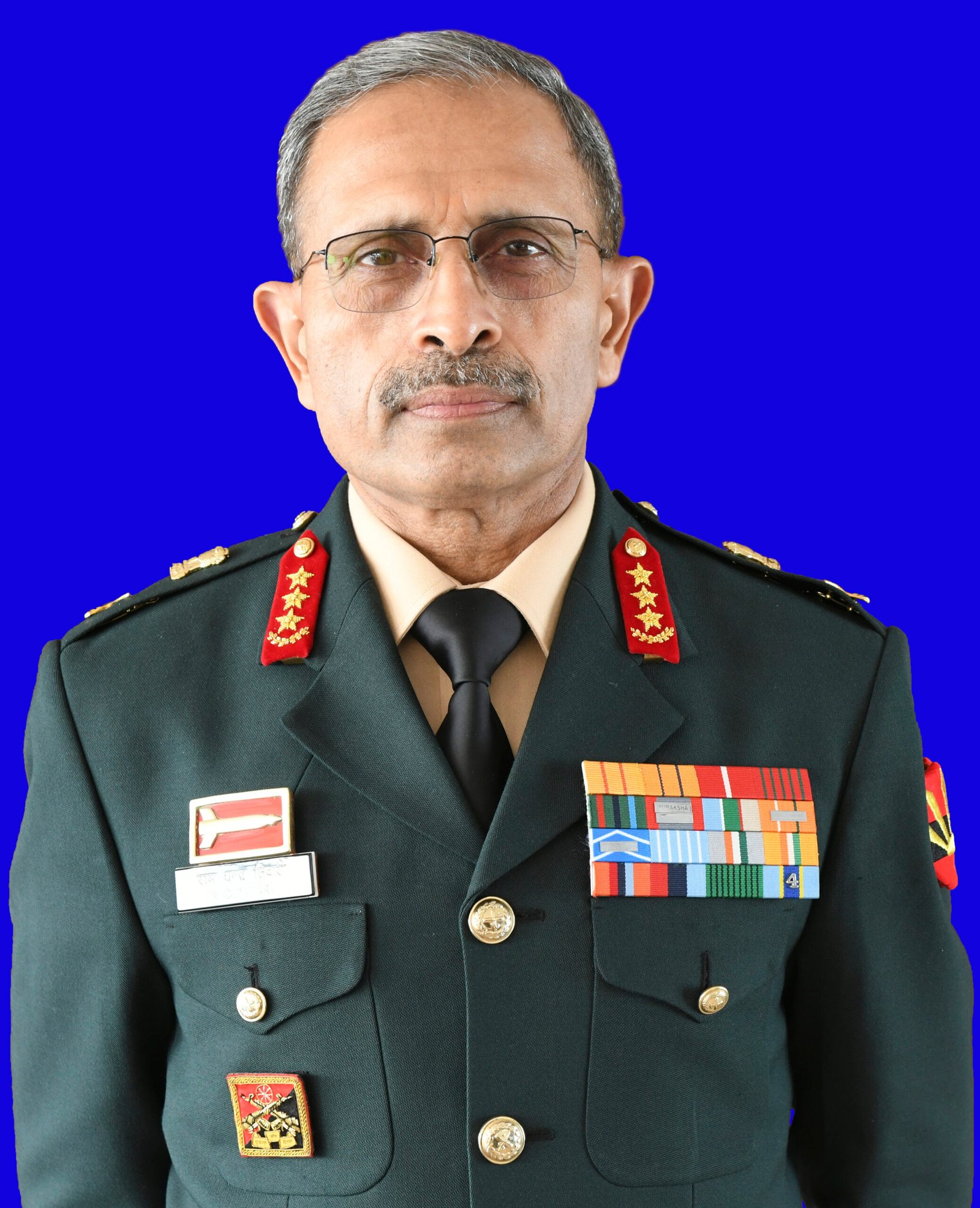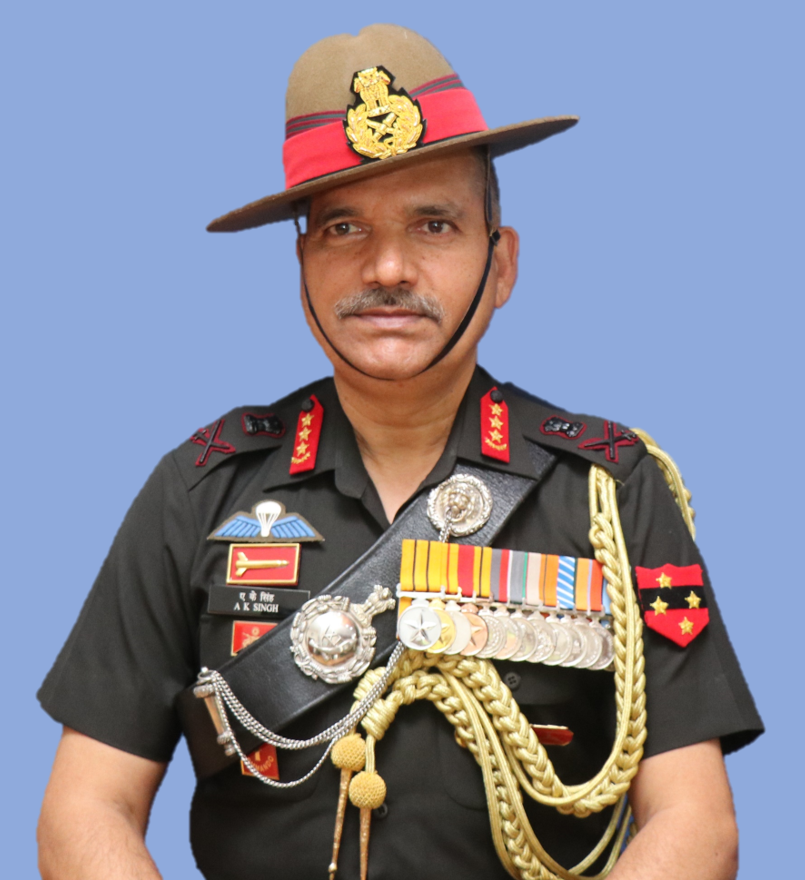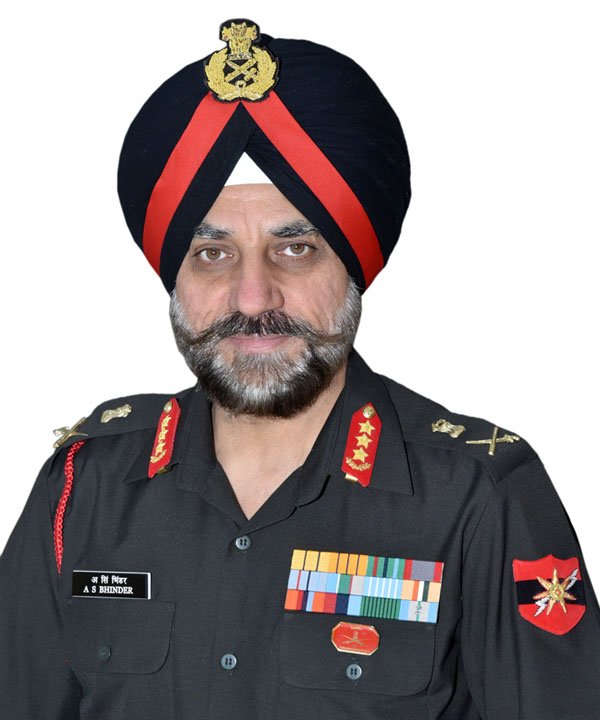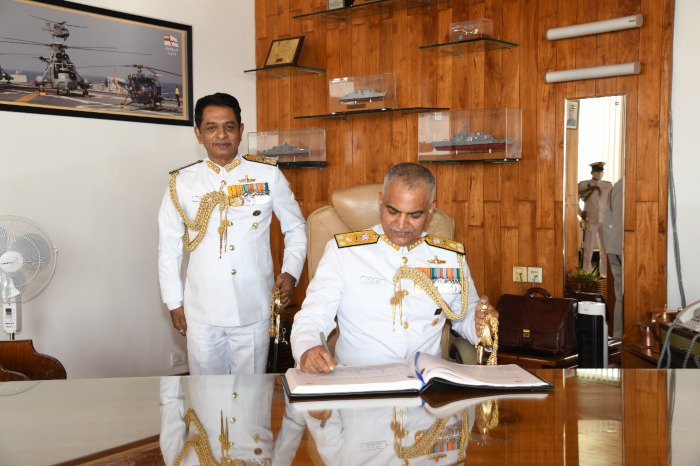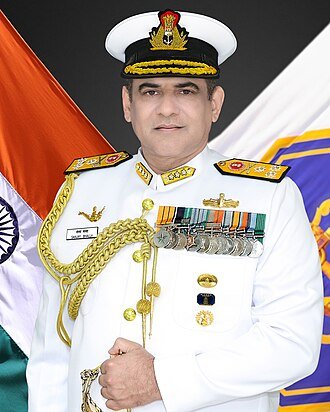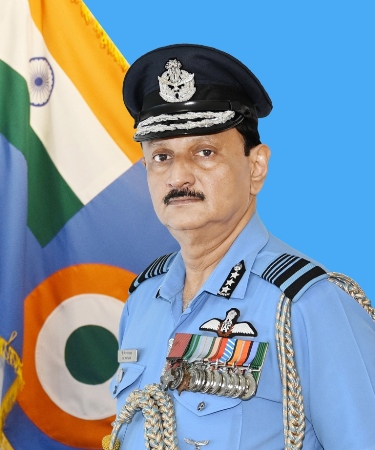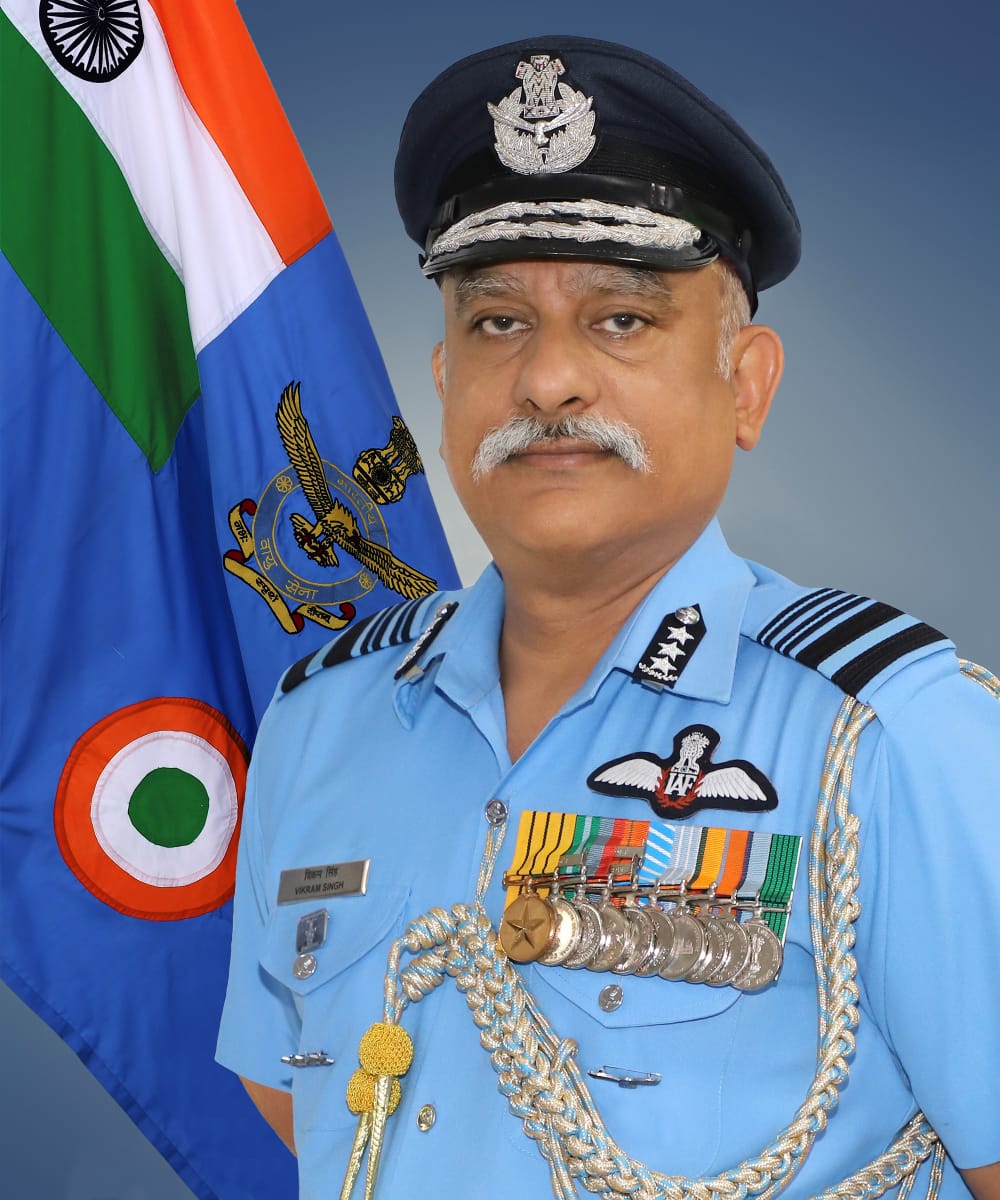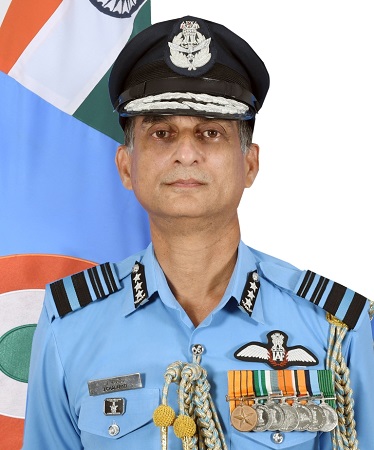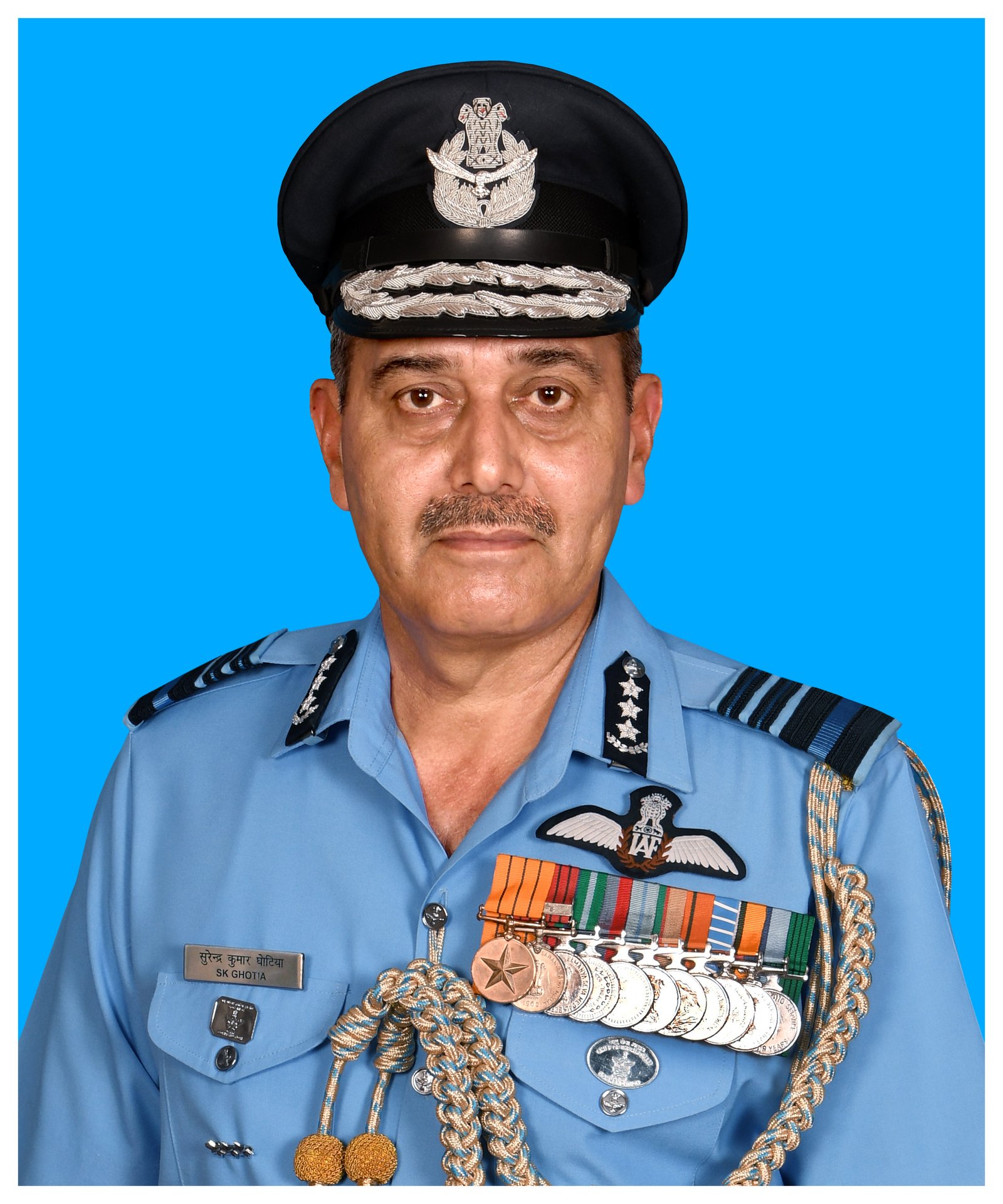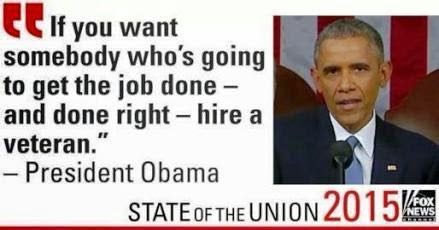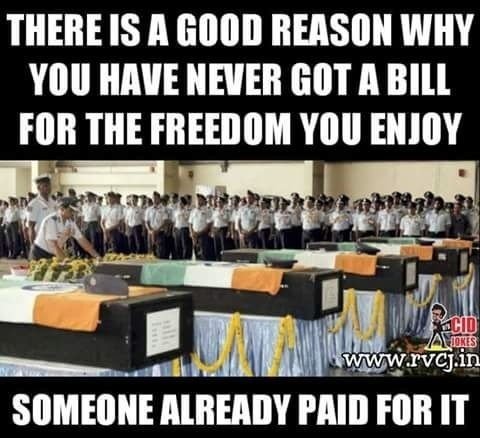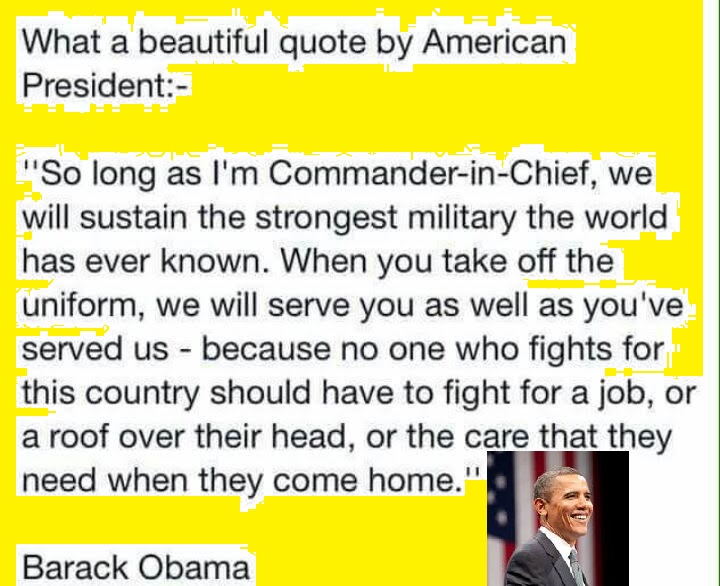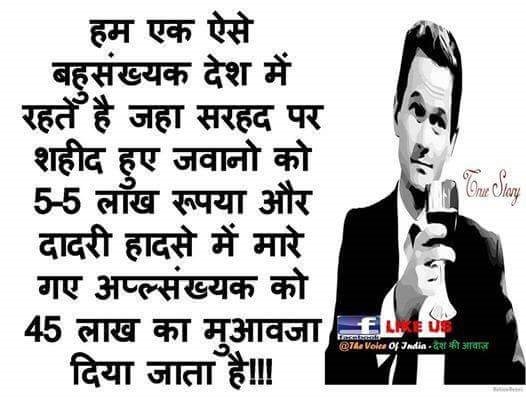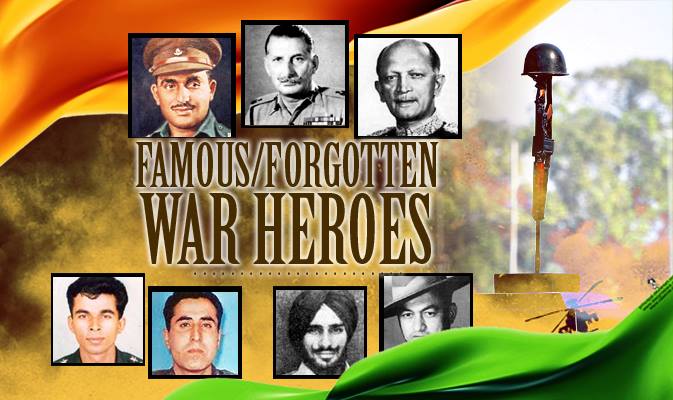
THE INDIAN ARMED forces is bulging and greying.
That is partially owing to what it first thought would make the services attractive to young talent. Following repeated representations by the armed forces, the Union government substantially raised salaries and perks of its personnel through multiple pay commissions and the recent One Rank, One Pension policy. This, however, has led to a problem of plenty, as even officers who have been superseded during promotion are not leaving the force. Earlier though, such officers would opt for early retirement rather than work under junior officers. According to the Army headquarters, the number of officers who took premature retirement after being superseded every year came down to 170 from around 300 in the last two years. Thus, the Army has more senior officers and fewer vacancies.
Also, owing to ballooning salaries and pension bills, the government has no money for modernisation of the defence forces. While the ideal ratio between revenue and capital expenditure in the defence budget should be 60:40, it is 83:17 now. For instance, in this year’s defence budget, the Army’s revenue expenditure (salaries, excluding pensions) was Rs1,28,076 crore, while the capital allocation for modernisation was only Rs26,688 crore.
So, Army chief General Bipin Rawat plans to make the 13 lakh plus Army leaner and meaner by whittling down troops and turning it into a technology-driven force. Four committees, headed by the military secretary and director generals of perspective planning, financial planning and infantry, were formed this April to conduct studies on restructuring the Army headquarters, force reorganisation that includes pruning, cadre review of officers and review of terms and conditions of junior commissioned officers and other ranks. This month, six regional Army commanders along with Rawat met in Delhi and brainstormed on the recommendations of the committees. The recommendations have been sent to the ministry of defence.
Restructuring became a priority in 2016, when defence minister Manohar Parrikar set up a committee under Lt General (retd) D.B. Shekatkar to suggest measures to trim, redeploy and integrate the manpower under the defence ministry to have an “effective military”. Shekatkar was an obvious choice because he, as additional director general of perspective planning, was involved in the 1997 exercise of reducing 50,000 troops. The government accepted 65 of 99 recommendations made by the Shekatkar panel, including redeployment of 57,000 troops to combat formations.
To begin with, the Army plans to cut 50,000 troops in the next two years and another one lakh in five years. Rawat wants to start with an overhaul of the Army headquarters in Delhi. The Directorate General of Military Training, which has nearly 40 officers and hundreds of supporting staff, can easily be merged with the Shimla-based Training Command of the Army, as their functions like training plans for operations, war games and joint training overlap.
The next step would be shutting down its divisional headquarters, comprising about 10,000 officers and men. The committees suggest closing down 25 of 40 plus division headquarters, except those functioning in Jammu and Kashmir and under the mountain strike corps on the eastern border. That would save around 350 officers and several thousand men working under them, who could then be redeployed in operational areas to improve the Army’s teeth-to-tail ratio, an officer explained. Combat troops fighting on the frontlines are the ‘teeth’ of the Army, and the supply or maintenance or support troops are its ‘tail’. Military experts say that against a fighting element of approximately 9 lakh soldiers, there are 4.5 lakh uniformed personnel in the combat support services along with six lakh civilian employees.
Lt General Vinod Bhatia, former director general, military operation, who was part of the Shekatkar Committee, said the need to rightsize the Armed forces is to meet the imperatives of raising cyber and space commands and to cater to the growth of army aviation, electronic warfare and unmanned aerial vehicle units, which are the future of the Army.
The Military Engineering Service (MES), with more than 80,000 personnel, is another white elephant. Seventy per cent of its Rs14,000 crore budget is spent on salaries. The MES, said officials, can be easily reduced to one-third of its strength by outsourcing the maintenance services to cantonments and military stations in peaceful areas. Likewise, the corps of Electrical and Mechanical Engineering (EME), the third largest force in the Army after the infantry and artillery, can be brought down to 30,000 from around 42,000 personnel. Vehicle repair and servicing can be outsourced to the manufacturers, who now have service stations in most border areas. Only the maintenance of specialist vehicles should be given to the EME. The Army Service Corps, which provides ration to soldiers, too, needs to close its butcheries and resort to procurement through trade. Also, those in the Corps of Signals can be redeployed to fight cyber and electronic warfare.
Also, the military secretary, who is conducting cadre review of officers, will suggest measures to reduce the intake of permanent cadre and to enhance the recruitment of short service commissioned officers. “We should induct more short service recruits (say five years), as it will not only reduce pension bills, but also make the armed forces young and stronger,” said Lt General Mohinder Puri, former deputy chief of Army.
Lt Gen Bhatia, on the other hand, talked about synergy in armed forces. “Indian military is among the least ‘joint’ major militaries in the world, and can optimise resources especially by in-house reforms enabling joint intelligence, planning, training, communications, logistics and force development prior to structured joint operations,” he said. A proposal for creation of two joint theatre commands—western theatre command for Pakistan and an eastern one for China—is under consideration with the government.
India is not the only nation in attempting to prune its armed forces. In 2012, the United Kingdom announced to cut the strength of its army to 82,000 combatants by the end of this decade. Similarly, China is planning to reduce three lakh of its 23 lakh army personnel by 2020. The Russian army has done away with large-size divisional headquarters, and the US had announced a reduction of 80,000 troops by 2017.
But, downsizing an army is not an easy exercise. China took three years to deliberate before the reforms were made public. In India, with elections round the corner, the government will have to be cautious. States like Punjab, Rajasthan, Uttar Pradesh, Haryana, Bihar and Madhya Pradesh, from where the armed forces get maximum recruits, would be annoyed. The Congress has already criticised the move. Congress leader Abhishek Manu Singhvi said, “Instead of creating the promised two crore jobs per year, the Modi government is hell bent on destroying more jobs.” Shekatkar, however, said that giving jobs was not the real task of the Army. Major (retd) Ved Prakash, chairman of the ex-servicemen cell of the Congress, said the government should spell out its plan—whether the move is only to enhance combat strength of our armed forces or it intends to retrench people.
BJP spokesperson on economic affairs Gopal Krishna Agarwal, however, said it was the Army’s decision, and not the government’s, to downsize the troops. “We are trying to expedite the modernisation of defence forces,” he said. “To my knowledge, several pending proposals for defence procurement have been cleared by the government.”

